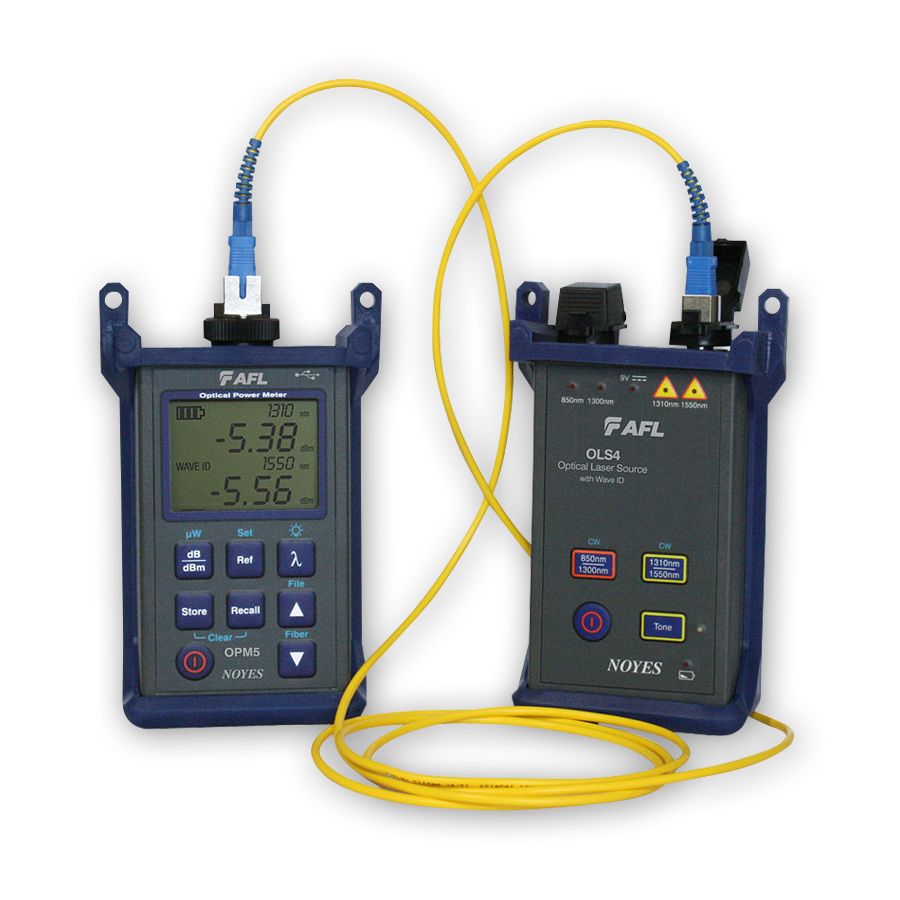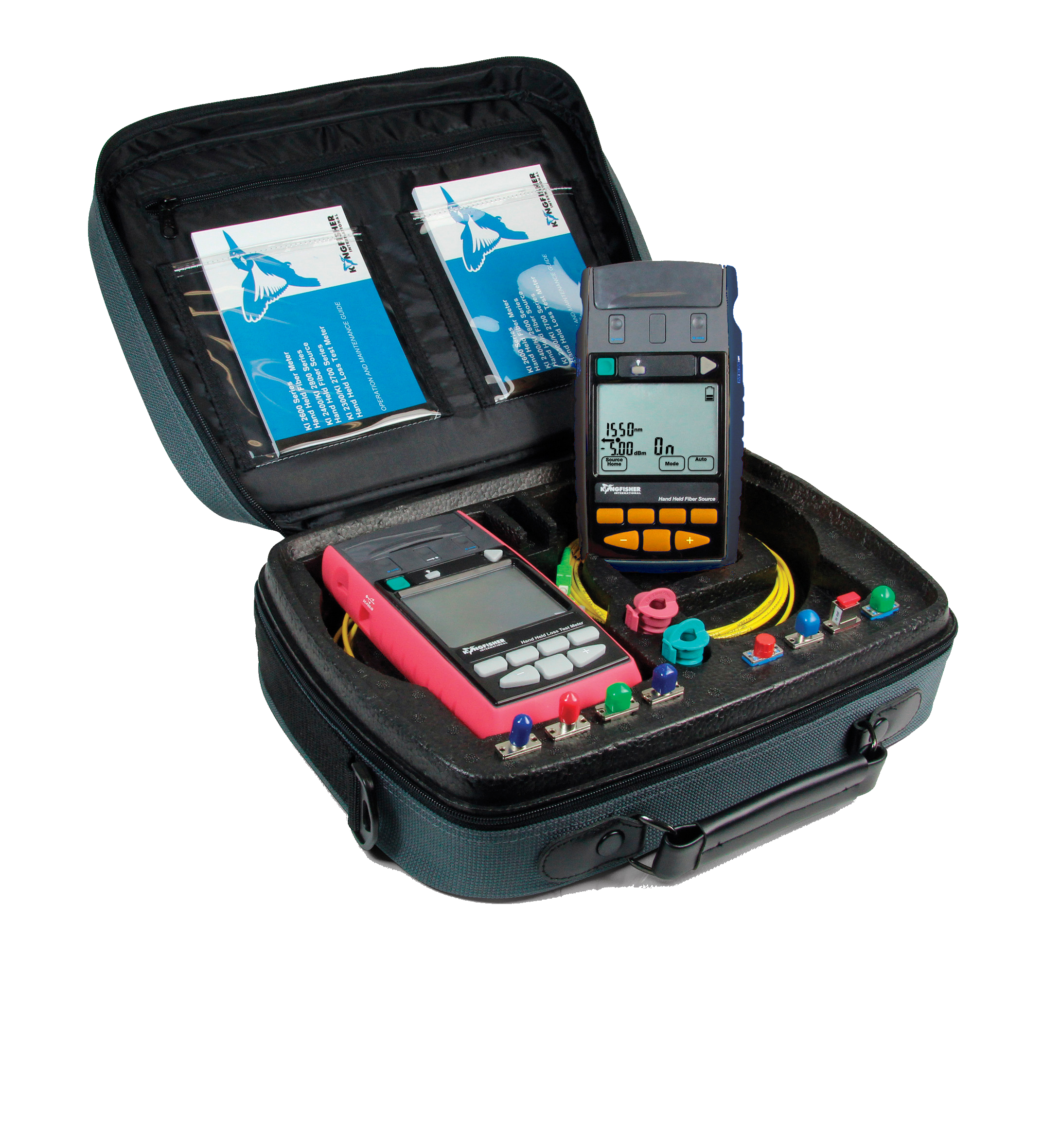Quick answers about fibre testing equipment in networking
The Relevance of an Optical Fibre Diameter Analyser in Maintaining Industry Requirements
The importance of an Optical Fibre Diameter Analyser can not be overemphasized in the context of industry standards. This technology assures specific dimensions, which are vital for ideal signal transmission and reduced attenuation. By discovering variances early, makers can support stringent quality control procedures. The ramifications of these dimensions extend past conformity. Uncovering the broader effect on system performance reveals intricacies that merit further expedition.
Recognizing Optical Fibre Diameter Evaluation
Optical fibre diameter evaluation plays an essential role in ensuring the efficiency and integrity of fibre optic systems. Accurate dimension of fibre diameter is important, as it straight affects signal transmission performance and total system stability. Variants in diameter can lead to enhanced depletion, reduced transmission capacity, and higher sensitivity to ecological factors.
By employing specific dimension techniques, suppliers can maintain strict top quality control, making sure that fibres satisfy industry criteria. This analysis also helps with the recognition of flaws or variances throughout manufacturing, permitting for prompt corrective activities.
Additionally, understanding the diameter specifications help in the option of suitable adapters and fittings, thereby boosting compatibility within the network. Generally, extensive optical fibre diameter analysis is a foundational element of fibre optic innovation, underpinning innovations in telecoms, data transmission, and different applications throughout various industries.
Secret Functions of Optical Fibre Diameter Analysers
Optical fibre diameter analysers are furnished with numerous vital attributes that enhance their functionality. Noteworthy among these are accuracy measurement capacities, which assure accurate readings, and real-time surveillance attributes that give immediate responses throughout the analysis procedure. In addition, a straightforward user interface design promotes simple procedure, making these devices easily accessible to a wider range of individuals.
Accuracy Measurement Capabilities
When it comes to assuring top notch fibre production, accuracy dimension capabilities are paramount in diameter analysers. These devices make use of sophisticated modern technologies to deliver precise measurements of fibre diameter, permitting suppliers to preserve strict tolerances. High-resolution optics and innovative formulas allow the detection of min variations in diameter, necessary for creating trusted and consistent optical fibers. Additionally, the capability to determine throughout a large range of diameters improves adaptability, suiting numerous manufacturing requirements. The integration of calibration requirements makes certain that dimensions stay accurate in time, lowering the threat of problems. By utilizing these accuracy dimension capabilities, manufacturers can support market criteria, enhance item high quality, and inevitably drive consumer satisfaction in the affordable fibre optics market.
Real-Time Tracking Attributes
Real-time monitoring functions are essential for enhancing the performance and efficiency of fibre manufacturing processes. These abilities make it possible for continuous assessment of optical fibre diameter throughout manufacturing, making certain that any kind of deviations from specified standards are promptly found. By giving instant feedback, suppliers can quickly readjust criteria, decreasing waste and keeping high quality control. Furthermore, real-time tracking facilitates the recognition of patterns and patterns in production data, supplying useful insights for procedure optimization. The integration of these features into optical fibre diameter analysers supports positive decision-making, encouraging operators to respond quickly to prospective concerns. Subsequently, the execution of real-time surveillance not only maintains industry criteria but also boosts general performance and product dependability.
User-Friendly Interface Design
A properly designed individual interface is essential for the efficient operation of optical fibre diameter analysers. Such interfaces focus on simpleness and accessibility, permitting customers to navigate the system easily. Secret attributes frequently include intuitive menus, clear visual depictions of data, and adjustable settings to suit numerous individual choices. Real-time responses mechanisms boost the user experience by supplying prompt understandings into measurements. In addition, effective mistake messaging guides users in fixing issues swiftly, reducing downtime. The unification of touchscreens and responsive layouts even more helps with interaction, making it easier for technicians to run the analyser in diverse settings. Inevitably, an easy to use user interface not just improves effectiveness but also enhances the general precision of the measurements, adding to sector criteria in optical fibre production.
The Role of Diameter Measurement in Quality Control
Although diameter dimension might feel like a small information in the production of optical fibres, it plays a substantial role in ensuring general high quality control. Uniformity in diameter is necessary for keeping the optical efficiency and structural stability of the fibres. Variants in diameter can lead to concerns such as signal loss, boosted depletion, and lowered tensile toughness, eventually endangering the integrity of the fibre in numerous applications.
Quality control procedures include accurate diameter measurement to identify defects early in manufacturing. By implementing an optical fibre diameter analyser, manufacturers can have a peek at these guys determine any inconsistencies from defined resistances, helping with instant rehabilitative actions. This positive strategy not just improves product quality but also decreases waste and lowers production expenses.

Compliance With Industry Criteria and Rules
Compliance with industry requirements and policies is critical for the precise procedure of an optical fibre diameter analyser. Complying with these standards warranties that manufacturers maintain quality control throughout the manufacturing process. Fulfilling regulative requirements not just boosts product dependability but additionally cultivates consumer trust fund.
Making Certain Quality Assurance
Guaranteeing adherence to market criteria is crucial for preserving the stability and performance of optical fibre items. Quality assurance plays an essential role in this process, as it entails the organized tracking of fibre diameter to guarantee uniformity and integrity. An optical fibre diameter analyser is an important device in accomplishing these top quality criteria, providing accurate dimensions that aid identify deviations from developed specifications. By utilizing this modern technology, suppliers can swiftly spot and deal with any abnormalities, guaranteeing that products meet the called for performance criteria. Normal analysis with such analysers not just sustains item quality however likewise improves client trust fund and contentment. Eventually, robust top quality control steps foster an one-upmanship in the optical fibre market, advertising long-term success and compliance with criteria.
Meeting Governing Needs
As suppliers browse the complexities of the optical fibre sector, meeting regulatory requirements ends up being important for ensuring item security and efficiency. Compliance with industry standards not just minimizes potential risks yet also enhances customer confidence in the items offered. An optical fibre diameter analyser plays a vital function in this process, allowing producers to validate that their items stick to specified dimensions and tolerances. By utilizing such analyzers, companies can assure that their optical fibres satisfy the rigid policies set forth by market authorities. This positive method to quality control not only helps with conformity but additionally streamlines the manufacturing procedure, reducing the likelihood of pricey recalls or denials. Ultimately, adherence to regulatory standards is crucial for preserving an affordable side in the market.
Advantages of Accurate Diameter Dimension

Precise diameter measurement plays a vital duty in the performance and integrity of optical fibers. Making sure that fibers meet specified diameter resistances minimizes signal loss and takes full advantage of transmission performance, straight influencing general system performance. This precision is important in maintaining why not try here excellent light proliferation, as even minor inconsistencies can result in enhanced depletion and reduced optical signal quality.
Moreover, exact measurements enhance compatibility in between parts in fibre optic systems, assisting in smooth assimilation and decreasing the threat of failings. Constant diameter dimensions additionally add to enhanced manufacturing procedures by determining potential problems early, subsequently lessening waste and decreasing manufacturing costs.

Incorporating Optical Fibre Diameter Analysers Into Manufacturing
Incorporating optical fibre diameter analysers into manufacturing procedures improves the ability to preserve rigorous top quality control procedures. By employing these analysers, manufacturers can achieve accurate and regular dimensions of fibre sizes, which is important for guaranteeing item performance and dependability. The combination procedure typically includes positioning analysers at bottom lines along the manufacturing line, enabling real-time monitoring and instant comments on diameter variations.
This aggressive method permits fast changes to the manufacturing specifications, reducing the risk of issues and waste. Additionally, the data collected can be used for analytical procedure control, adding to constant improvement efforts. Operators are equipped with workable understandings that promote notified decision-making pertaining to material use and manufacturing strategies. Eventually, the consolidation of optical fibre diameter analysers not just improves product high quality but likewise sustains compliance with market criteria, strengthening a business's reputation for excellence in the competitive optical fibre market.
Future Patterns in Optical Fibre Dimension Innovation
Emerging developments in optical fibre dimension innovation are poised to change the market. The incorporation of fabricated knowledge and machine discovering is expected to boost precision and efficiency in diameter analysis. These modern technologies make it possible for real-time information handling, enabling instant changes throughout manufacturing, therefore reducing waste. The development of non-contact dimension techniques assures a decrease in physical communication with fibres, preserving their integrity.
Additionally, miniaturization of dimension gadgets is expected to lead to more portable and user-friendly remedies, facilitating on-site evaluations. fibre testing equipment. Assimilation with IoT platforms will certainly allow remote tracking and data collection, cultivating enhanced anticipating maintenance and quality assurance
As sectors progressively demand higher performance requirements, the evolution of optical fibre dimension tools will certainly play an important function in satisfying these expectations, ensuring that manufacturers can continually supply top quality products while adhering to stringent regulatory standards.
Often Asked Inquiries
Exactly How Typically Should Optical Fibre Diameter Measurements Be Conducted?
Frequency of optical fibre diameter dimensions normally relies on production quantity and top quality requirements. Routine checks, usually daily or weekly, help assure consistent top quality and adherence to specifications, reducing prospective defects in fibre production procedures.
What Are the Common Costs of Optical Fibre Diameter Analysers?
The common expenses of optical fibre diameter analysers vary extensively, varying from numerous thousand to 10s of hundreds of bucks, depending upon attributes, precision, and maker, affecting decisions for businesses investing in quality measurement modern technology.
Can Diameter Analysers Be Calibrated On-Site?
Diameter analysers can typically be calibrated on-site, permitting for prompt changes to ensure accuracy. However, the particular procedures and requirements may differ relying on the supplier's guidelines and the innovation utilized in the analyser.
What Kinds of Fibres Can Be Calculated With These Analysers?
Optical fibre diameter analysers can measure various fibre types, including single-mode, multi-mode, specialized, and large-core fibres. Each type needs details calibration setups to assure exact and dependable diameter measurements throughout the manufacturing process.
Are There Particular Upkeep Needs for Diameter Analysers?
Diameter analysers call for routine calibration to ensure accuracy, together with routine cleaning to stop debris build-up. Additionally, examining software updates and evaluating mechanical parts add to their ideal performance and long life in gauging fibre diameters efficiently.